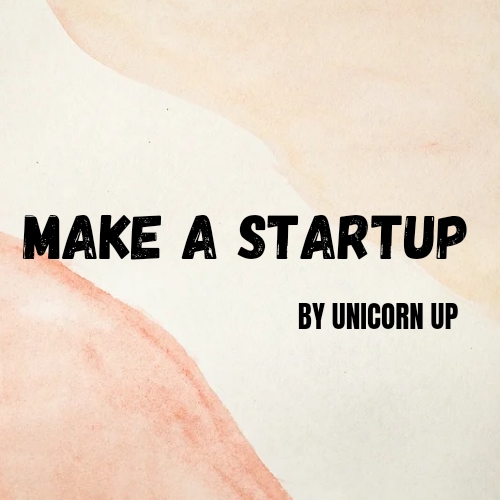As a Founder, it’s often not until your personal bank account runs to zero that your startup is truly done for.
As startup Founders, we are constantly focused on making sure our fledgling companies have enough runway to grow. We believe that if the company’s bank account runs out, the company goes bankrupt and it’s game over.
But that’s not always true. It’s often not until your personal bank account runs to zero that your startup is truly done for.
The fact is that startups don’t truly go bankrupt until their Founders go bankrupt. The problem is that Founders are often so focused on the startup’s finances that they overlook their own ability to stay afloat in the process. I call this ability your “personal runway,” or the amount of time that you can stay alive and fed, regardless of the health of your business.
Back to Basics
I learned all about personal runway when I started my first company, which went from a humble launch out of my apartment, to fancy new offices, to a very humble return back to my apartment.
The company was growing, getting new customers, and evolving into a real competitor in the marketplace. The only problem was that it was draining me personally of any savings that I had. Actually, “savings” is a total misnomer here; it was draining all of my credit card balances faster than I could apply for new ones.
But this isn’t a tale of my horrible credit management strategies as a college kid.
What I learned quickly was that, by moving the operation back to my apartment and drastically cutting costs, I could keep myself going indefinitely. And from that position, I could take time to rebuild the company. It wasn’t fun, but it taught me that if I could keep my personal runway extended, I could still move my business forward.
Personal Runway Matters
Your personal runway is critical to the success of your business. It may be noble to forgo all personal income in order to help your business, but it will crush you in the end. Your business can go a month without any activity; you can’t go a month without eating.
As long as you’re still eating, you have the ability to operate the business. You can still talk to customers, investors, and the press. You can still get up every day and keep the spirit of the business alive, albeit in a reduced form.
That matters in a startup, because there are often times when the business is a fraction of what it should be, but it’s at least around long enough to blossom again. Your personal runway is often the core of your business’s health.
Runway Comes in All Forms
There’s nothing that says that the income you rely on has to come from your actual startup. Founders use all kinds of methods to keep themselves fed while keeping their businesses alive.
One of my favorite recollections comes from venture capitalist Fred Wilson, who tells the story of the Founders of Airbnb getting really creative to maintain their personal runway.
During the 2008 presidential elections, the Founders of Airbnb went to the Democratic National Convention in Denver to raise money by selling boxes of “Obama O’s” and “Cap’n McCains” for $40 apiece. They raised $25,000 in short order. The boxes that they didn’t sell, they ate in order to save money on food.
That anecdote comes from a company that has since raised over $300 million in funding. They got creative. They made sure their personal runway kept them alive long enough to make it to the next step. And that’s exactly what I’m talking about: doing whatever you need to do to keep the lights on personally—including eating your own product—so that your business can live to see another day.
Maintaining your personal runway may mean consulting on the side, working a part-time job, or reducing your expenses drastically (Château des Parents isn’t awesome, but the price is right).
Time Matters
Especially with startups, what you really need, more often than not, is time. Time to get your business model right. Time to adjust your product. Time to find more customers.
The longer you can keep yourself fed, the longer you have to figure out how to solve those problems. It’s OK that you are the only employee during this time. It’s not always ideal, but it means someone is still at the wheel long enough to figure out the next step. What you want to avoid is having the entire business go over a cliff because you just can’t afford to show up anymore. Employees can leave, but you have to go down with the ship. So make sure you can keep that ship afloat long enough to navigate to safe passage.










0 Comments